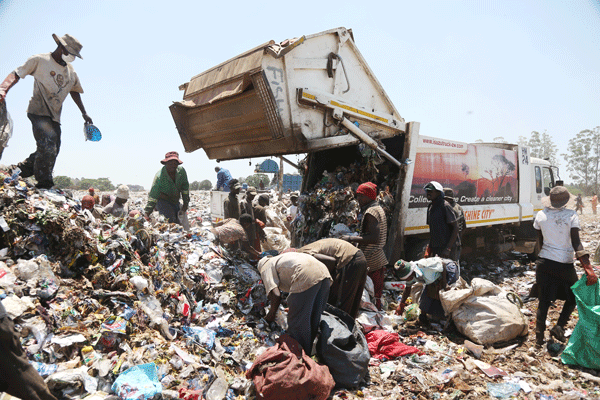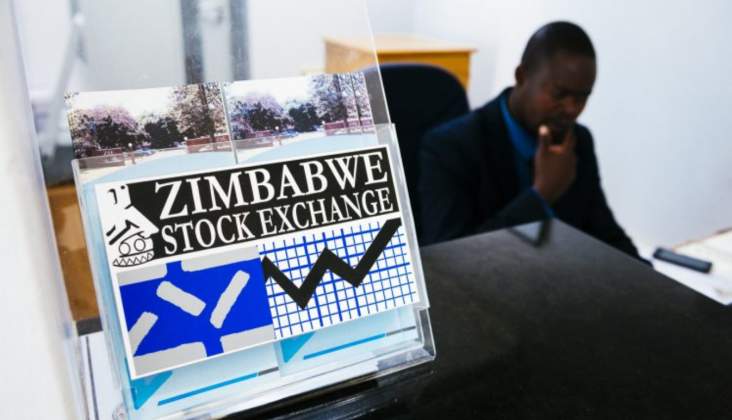‘Recapitalisation remains key priority in replanting programme’
ZIMBABWE Stock Exchange (ZSE)-listed Border Timbers recapitalisation remains its key priority as it seeks to reduce the unplanted area to the industry standard of five percent with its replanting programme in the next three years.
In its financial report for the half-year ended December 31 2022, group chairman, Mr Elias Hwenga said the company is in the process of recapitalising two sawmills.
“Recapitalisation remains a key priority with our replanting programme already on course to reduce the unplanted area to the industry standard of five percent in the next three years.
“The company is in the process of recapitalising its two sawmills with the latest milling technology and the commissioning of the new machinery is now expected by December 2023,” said Mr Hwenga.
The company’s fundamentals in business remain intact, with healthy forests and experienced management team to support the strategy.
“The company’s product quality remains highly regarded in the market and the current marketing efforts will increase demand for the company’s kiln-dried timber.”
During the period under review, the company in inflation-adjusted terms recorded a 38 percent increase in revenue compared to the prior year (FY 2021:ZW$3,648 billion), and the increase was primarily driven by consistent product quality of its kiln dried timber resulting in better average selling prices.
“The inflation-adjusted operating expenses were 119 percent higher as compared to the previous period, mainly driven by inflationary pressure, however, management continues to implement measures to contain costs. Inflation-adjusted net profit before taxation was ZW$6,089 billion (FY2021:ZW$3,217 billion loss),” said Mr Hwenga.
Under the period under review, lumber sales volume decreased by 27 percent compared to the comparative period in the prior year as a reduction in sales volume was mainly driven by low customer demand in the local market.
“We remain optimistic that the demand for lumber will re-bound in the local market and we continue being aggressive to expand the export market in the region and beyond.”
In the manufacturing sector, poles’ sales volume was 53 percent lower than the comparative period in the prior year, mainly because of timing differences that are usually experienced in the acquisition of tenders, which are asymmetrical.
“Improved performance is anticipated in the poles business due to expected demand for the product in the Sadc region mainly for rural electrification projects,” said Mr Hwenga.
-chronicle








